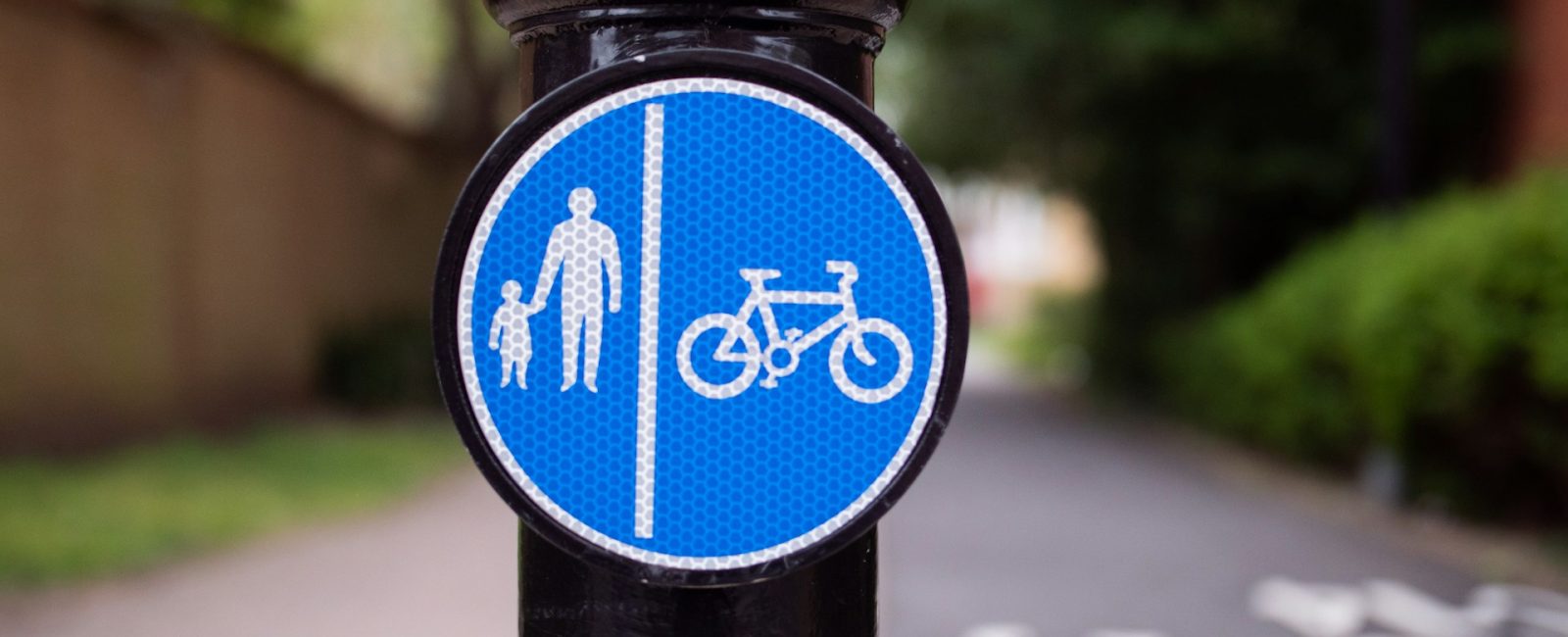
Teaching your children pedestrian skills doesn’t need to be boring. There are plenty of engaging and fun techniques to help your kids build lifelong habits that come naturally without feeling like lectures.
Check out our article on teaching children pedestrian safety below, and explore your options if your family is involved in a road incident.
Setting a Good Example: The Power of Parental Behaviour
Children learn best by watching adults and often copy what their parents do. You should act as a role model who prioritises safety to instill good habits in your children. When they’re toddlers and walking out of their buggy, you’ll need to hold their hands and keep a close eye on them. Streets can be distracting, with a variety of sights and sounds, so getting them used to holding hands when walking outside will help keep them safe.
Your children will observe you stopping at crossings, waiting for the green man, and looking both ways before crossing. Explain to them why it’s essential to take your time to check your surroundings before crossing, as this helps keep both you and road users safe.
Fun Activities to Reinforce Road Safety
Younger children can struggle to judge when it’s safe to cross the road by looking at the speed and distance of traffic, but you can teach them the Green Cross Code to help. It encourages children to stop, look, listen, and think before deciding to cross the road. You can make it fun by teaching them on the way to school or in the park on the weekend.
Role-playing and storytelling are effective techniques for exploring different road safety scenarios, such as using toys to act out situations. You could use their favourite toy at home to teach them how to cross the road with friends, navigate busy roads, or act near parked cars in a memorable way.
Navigating Crossings and Busy Roads
There are six main types of crossing in the UK which you can teach your child to recognise and use safely. ‘Spot the Crossing’ is a great way to encourage them to identify the safest point for crossing each of them.
Zebra crossings have black and white stripes with flashing amber beacons, so tell your children to wait until vehicles stop before crossing. Pelican crossings are easier with a single-controlled red/green man. They’ll follow your example by pressing the button and waiting for the traffic to stop and the green man to appear.
Puffin crossings are similar, but they use sensors to detect when people are crossing. The lights are above the control box, so show your children where to look. Toucan crossings are for pedestrians and cyclists, so explain that it’s safe for both to cross when the green signal shows.
Pegasus crossings are for horse riders, with higher buttons. While rare, it’s helpful to know they exist and are designed for safer horseback riding, especially if you live in the countryside. Their school may also have a crossing with lollipop people who guide your children to cross in front of them.
What to Do If an Accident Happens
Despite your best efforts to teach your children, they can still be involved in an accident through no fault of their own. There is support available following an incident involving pedestrian accident claims to help your child receive compensation to support their recovery. These claims can cover emotional trauma and medical costs.
If your child has been involved in an accident through excessive speed, distracted driving, or driving under the influence, you should immediately seek medical attention. Even if they seem to have minor injuries, symptoms can appear later. Gather as much evidence as possible, taking photos of the scene, the vehicle, and the injuries. Get the driver’s details and contact information of any witness, and note the time, location, weather, and road conditions. These details can become key evidence in your claim should you decide to pursue compensation.












